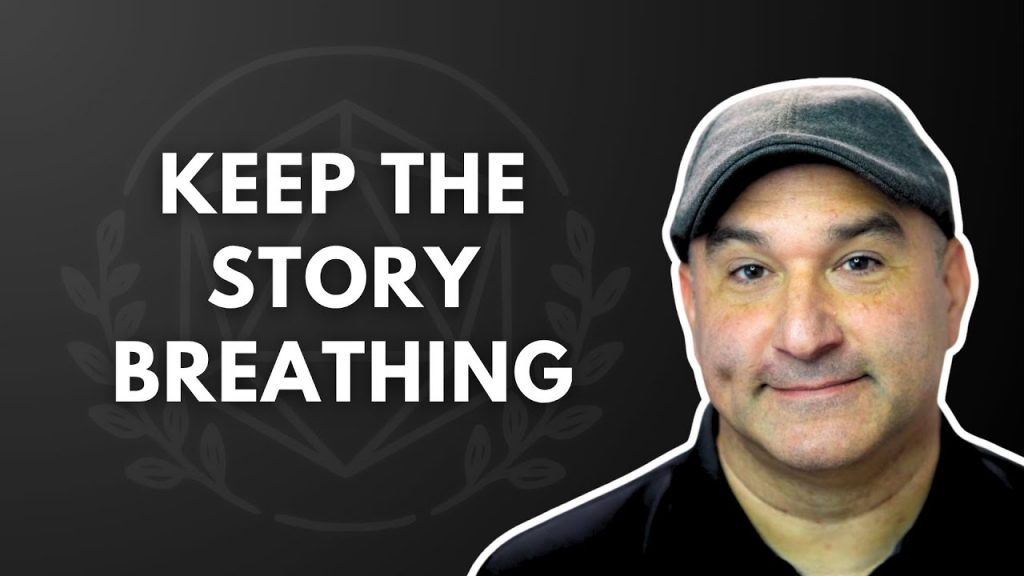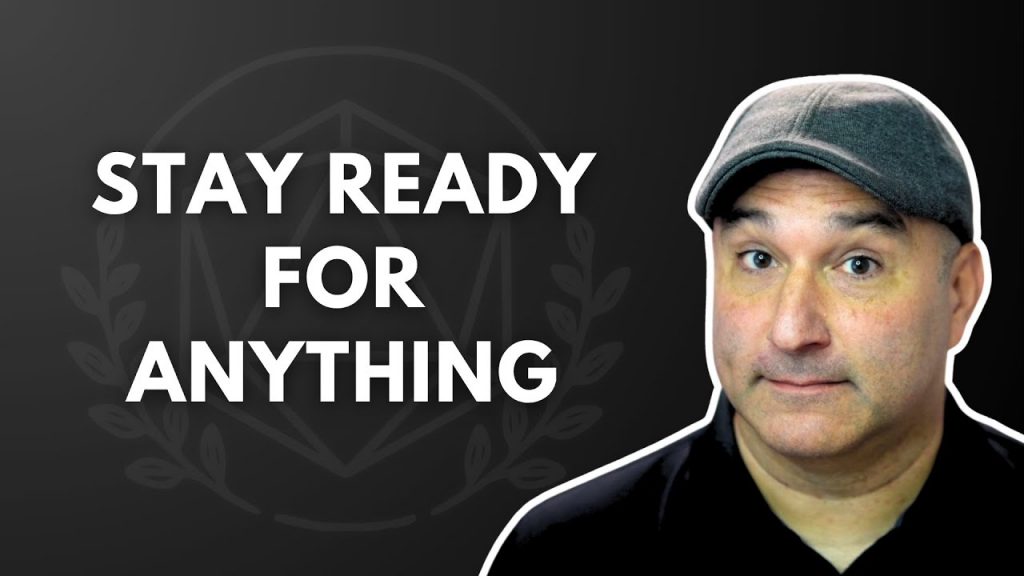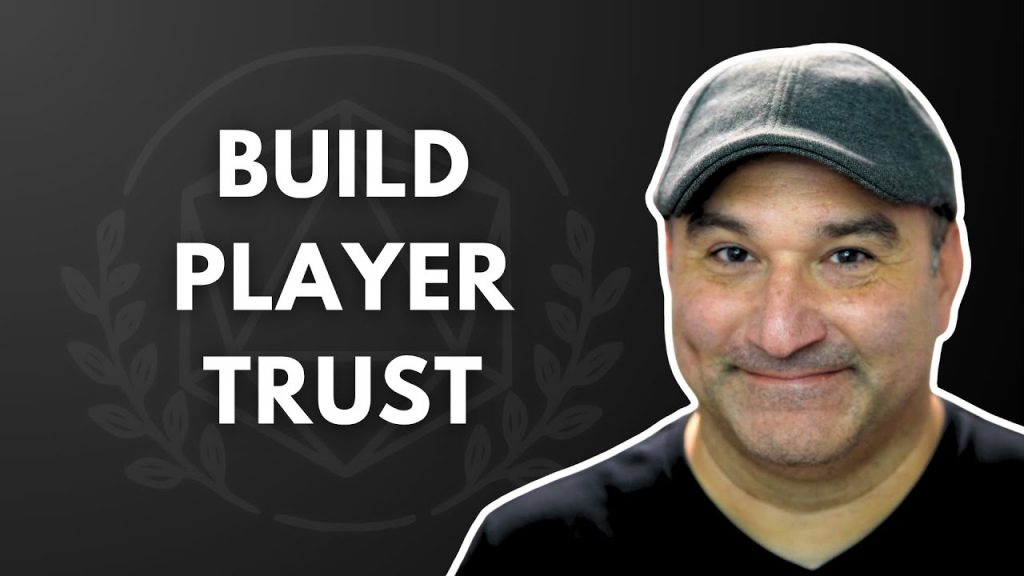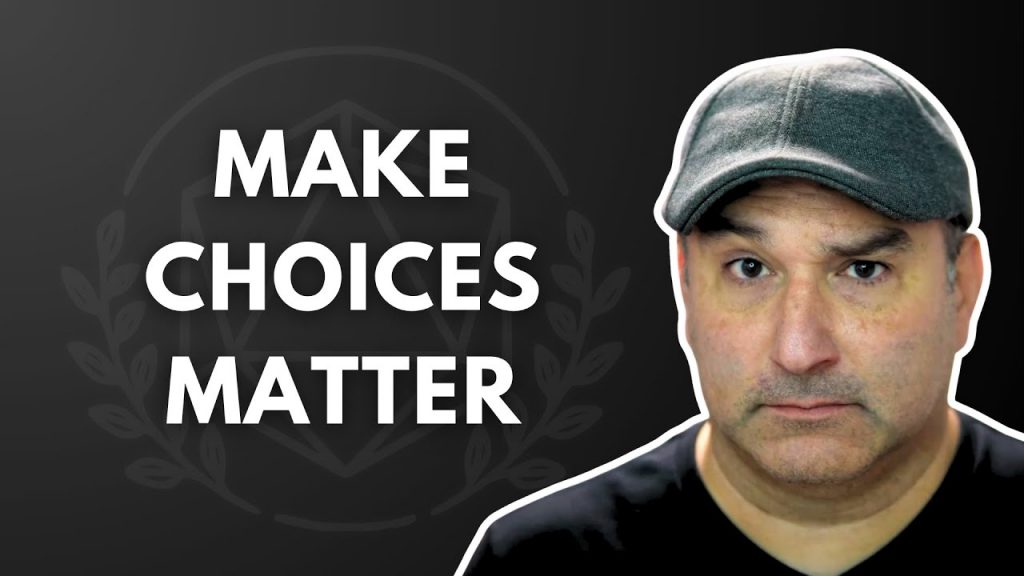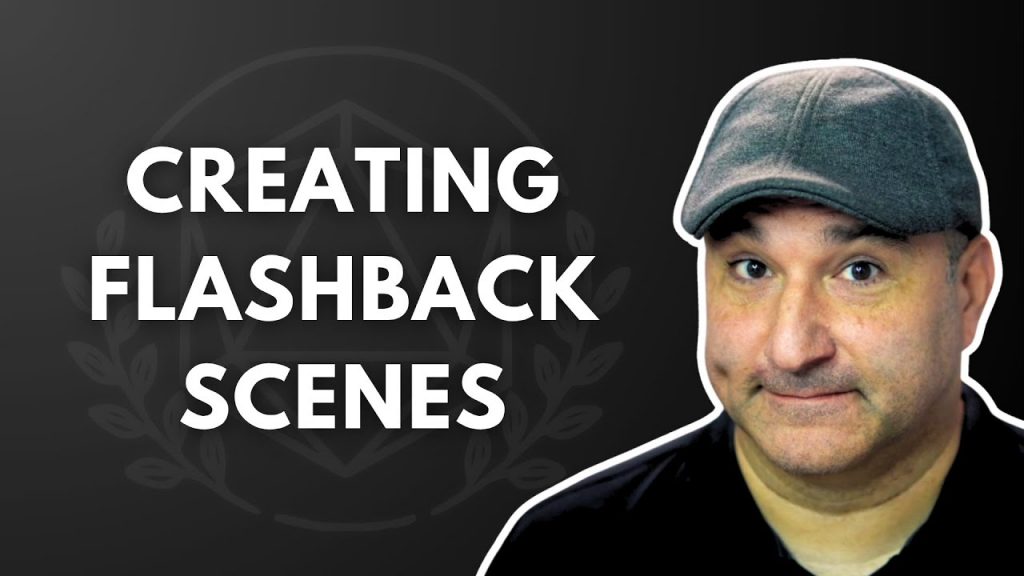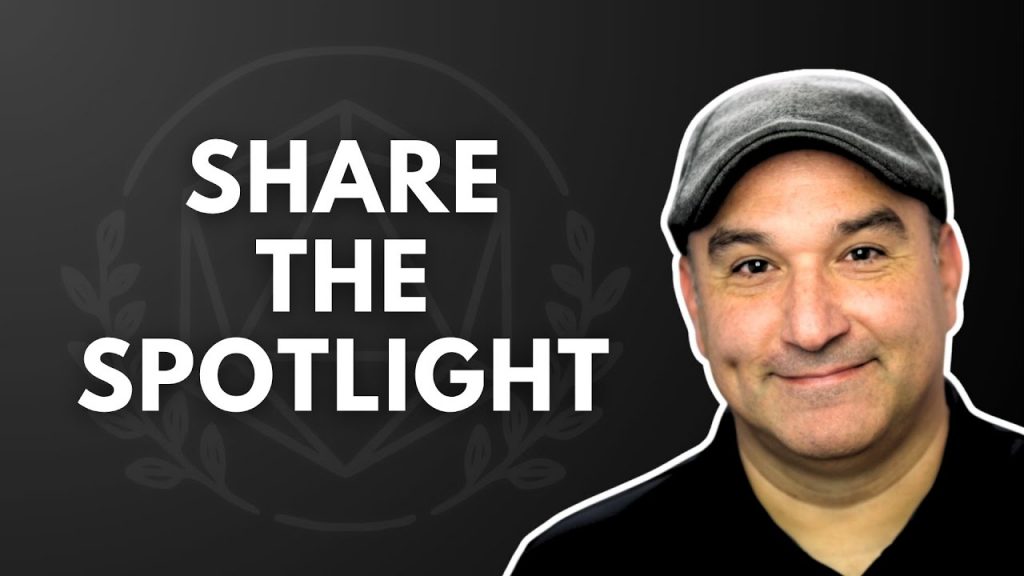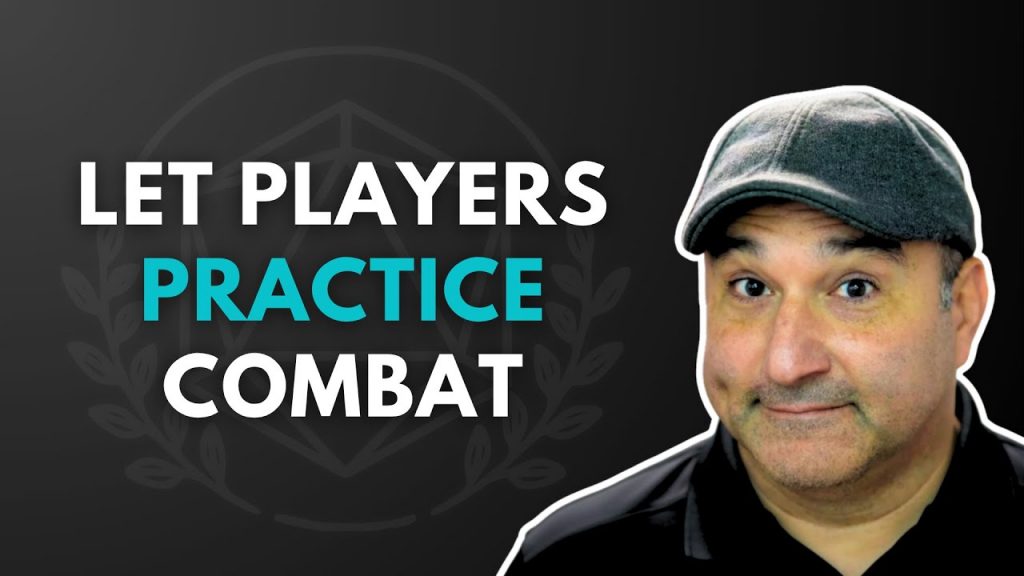Posts by Brian
How to Pace a Long D&D Campaign
A great campaign doesn’t need to move fast. It needs to breathe. Pacing is about rhythm — the mix of tension, quiet moments, and discovery that makes a world feel alive. Too much of one thing, and the game starts to flatten out. You want your campaign to rise and fall like music. Some sessions…
Read MoreEasy Improv Tips for DMs & Players
Improv isn’t about being fast.It’s about staying present when the story shifts. The 3–2–1 Framework When you’re unsure what to do, think 3–2–1: It’s simple, flexible, and works whether you’re playing or running the game. Say the Next True Thing Start with what’s obvious. Stating something true keeps scenes alive and gives others something to build…
Read MoreCritical Role C4E04 “Stone-Faced”
This episode pulled no punches. From the first moments in the undercity to the final resurrection, Stone-Faced shows how improv and pacing can carry a story with thirteen players through chaos, revelation, and emotion without ever losing focus. Brennan opened in an unexpected place — not with the previous cliffhanger, but in The Fray, a quieter, grimy corner…
Read MoreHow to Build Trust and Momentum as a DM
The best campaigns run on trust.When players understand the stakes and see that their actions matter, they stay invested — even when the dice don’t cooperate. Trust isn’t just between players and the DM. It’s shared across the whole table. And the best way to build it isn’t by telling — it’s by showing. Demonstrate the Consequences You’ve…
Read MoreHow to Use Consequences in Your D&D Campaign
I’ve talked before about Encounter → Encounter Response as a way to keep your world alive. When something happens, something else should change. Consequences are what make player choices matter. Keep It Simple After any major scene, ask yourself: Even small ripples — a merchant raising prices, a rival plotting revenge, a rumor spreading — show that…
Read MoreCritical Role C4E03 “The Snipping of Shears”
Critical Role C4E03 “The Snipping of Shears” | A DM’s Perspective Episode 3 is a lesson in consequence. Brennan keeps a huge cast moving, raises the stakes, and lets choices echo across scenes. Here is what stood out to me and what you can steal for your table. What popped Steal-this for your campaign Big…
Read MoreUsing Flashback Scenes in D&D
Flashbacks turn planning into story. Pause in a key moment and let players reveal how they prepared, connected, or set a trap earlier. It keeps the pace high and gives characters agency right when it matters most. I borrow this from Blades in the Dark. It works in any fantasy campaign. You can narrate a…
Read MoreHow to Spotlight Every Player in Your Campaign
Every table has a rhythm. The job is to notice it, shape it, and give each player room to shine. Spotlight moments are where a character’s concept comes alive. The sneaky lift. The clutch spell. The risky speech that turns a crowd. Plan for those beats and protect the space around them. What helps most…
Read MoreCritical Role C4E02 “Broken Wing”
Campaign 4, Episode 2 shows a clear plan for giving players the spotlight. It opens with a wartime flashback that delivers lore through action, then shifts to present day scenes that let smaller groups investigate, scheme, and collide with danger. It also previews a three-table structure that highlights different play styles: Soldiers, Seekers, and Schemers.…
Read MoreHow to Teach Combat Without Overwhelming New Players
Early combat is where most new players feel the rules crunch. A gentle on-ramp keeps the pace fun and builds confidence that lasts the whole campaign. I like to teach combat inside the story. Low-stakes encounters let people try initiative, movement, actions, bonus actions, and reactions without fear of losing a character. I explain mechanics…
Read More
